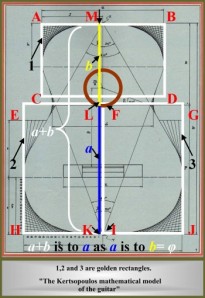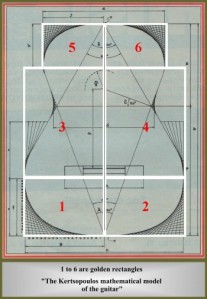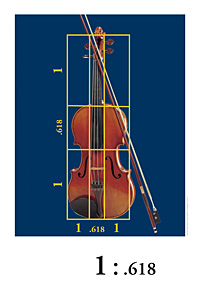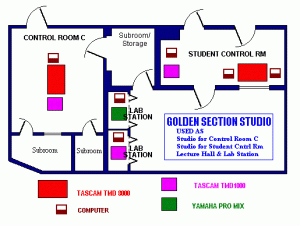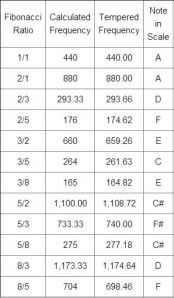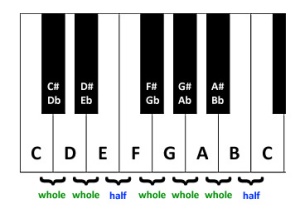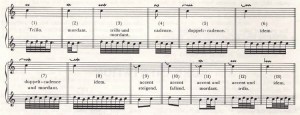
Golden Ratio in a nautilus shell
http://www.photoshoptutorialsandtips.com/wp-content/uploads/2010/10/nautilus_withoverlay.jpg
The applications of math in the real world are endless. Whether one focuses on science or language or history, math plays a role, sometimes big, sometimes small. It is necessary in everyday life: to manage money, do taxes etc. Music in the real world too. While not necessarily having as practical an application as math, there are countless studies documenting the effect of music on people’s mindsets and attitudes.
With a lot of the focus in this project being on patterns such as the Golden Ratio and the Fibonacci sequence, these specific mathematical phenomenons can be found in places other than music. They are often found in nature as well, in the way many plants and animals develop. This has been most notably demonstrated in the nautilus shell.
Overall throughout the course of this research project I have learned a lot about music as well as the mathematics associated with it. Finding all of these patterns and such within songs has opened my eyes to a new way of viewing music.
